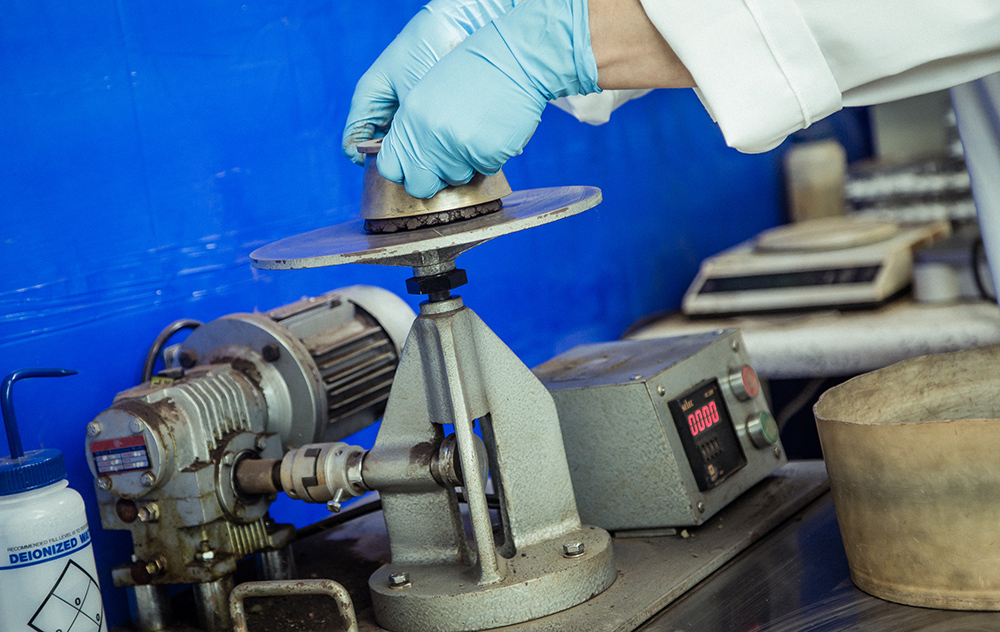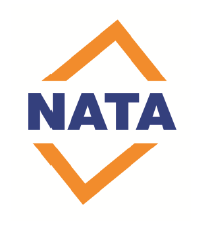Microanalysis Australia has been assisting clients accurately determine their bulk cargo moisture limits for a decade, utilising TML flow table and protector-fagerberg techniques.
Transportable Moisture Limit determination is a delicate science, which results in a report without which a ship containing bulk cargo is unable to leave port. The TML value represents a ‘safe’ moisture content, below which the cargo is unlikely to undergo liquefaction and endanger the ship and crew. It is the responsibility of the shipper to provide a moisture management plan and to prove that the cargo is being shipped with a moisture content below the TML.
There are currently three techniques suggested in the International Maritime Organisation’s IMSBC code – the flow table test, using impact testing to simulate plastic flow; the Proctor-Fagerberg test, based on a standard soil compaction test to determine saturation point; and the Penetration test, using vibrational testing to simulate liquefaction conditions. Each technique is uniquely suited to certain sample types, so explicit knowledge of the sample and the test specifics are paramount to an easy journey out of the port. Not everyone needs to be an expert – just employ a laboratory that is!







